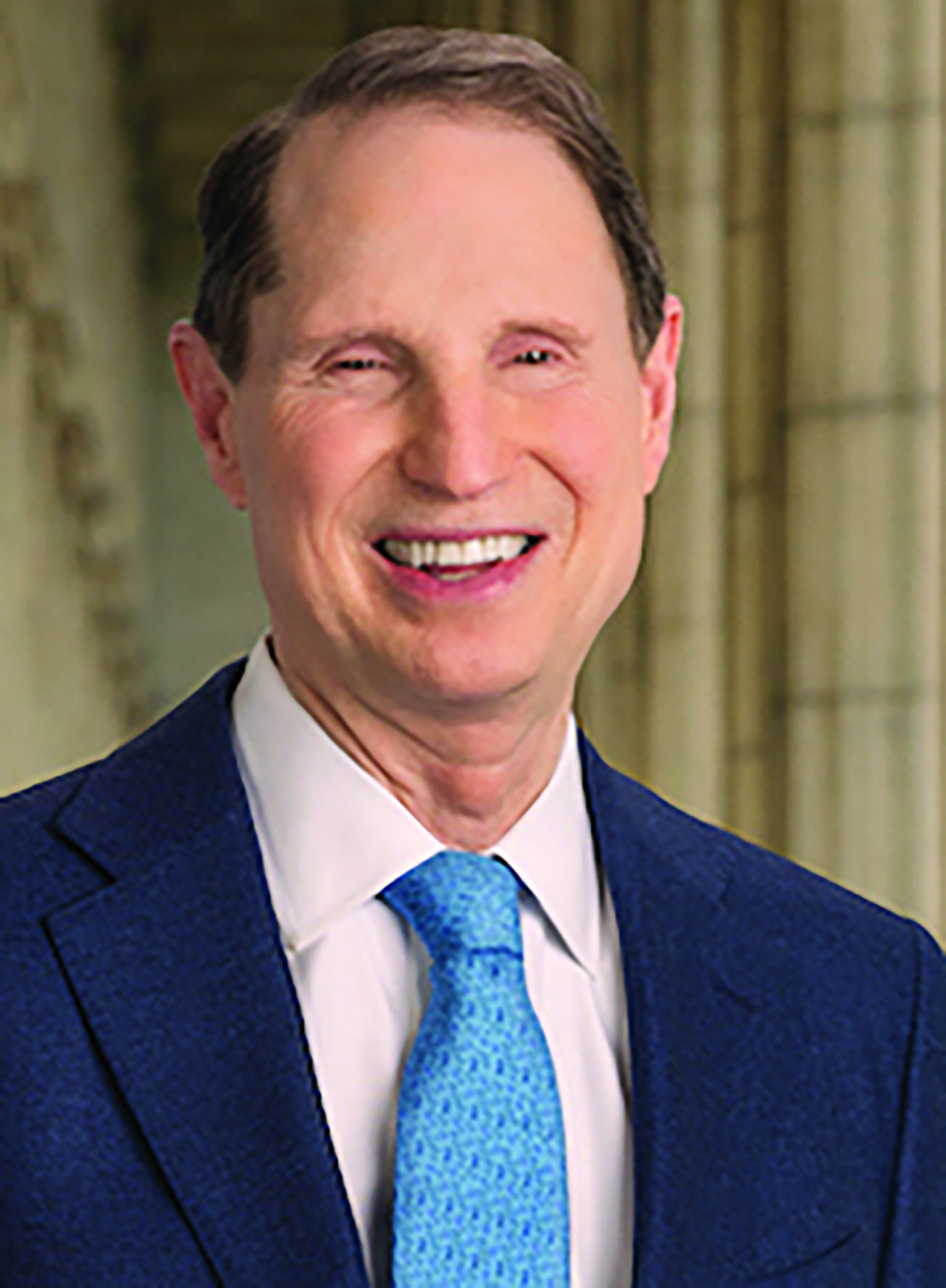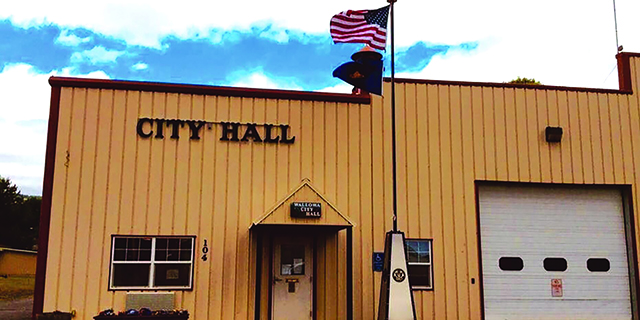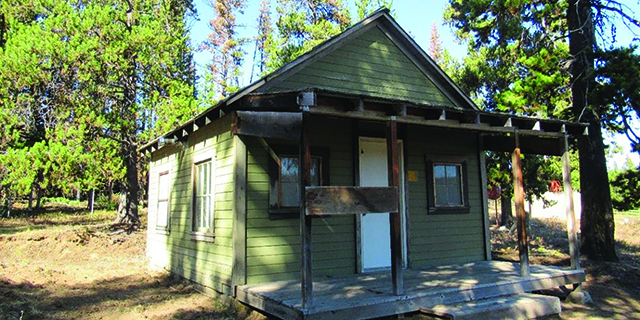Kulongoski: Rural Oregon represents land of opportunity for new governor
Published 4:00 pm Wednesday, November 13, 2002
Now that the 2002 elections are over a lot of people are playing Monday morning quarterback and giving their reasons for why the Republican Party regained control of the U.S. Senate and held onto the U.S. House of Representatives.
Many Republican leaders are giving credit for their impressive victory to President Bush, who put his own credibility on the line by aggressively campaigning for his party.
Trending
Democrats, on the other hand, are now saying they got what they deserved as a result of failing to advance meaningful solutions to the country’s economic woes, corporate governance, health care, homeland security, the war on terror, and other issues the American people are looking to for leadership.
One of the factors that seems to escape political pundits when they are analyzing the results of recent elections is the extent to which the results are determined along rural/urban lines.
The most telling statistic in this regard is from the 2000 presidential election. George Bush won the election in 33 states but lost popular vote by 539,897 votes. That statistic shows Bush, a Republican, was the clearly the choice in rural America while Al Gore, a Democrat, was the heavy favorite in the urban centers.
The same analogy applies closer to home in the 2002 race for governor between Ted Kulongoski and Kevin Mannix. Mannix won in 28 of 36 counties but still lost the election by 33,437 votes. Kulongoski owes his victory to the voters in Multnomah County, where he won by 86,661 votes. Again, this election was settled along rural/urban lines.
These results confirm what many in Oregon have known for some time – there is a substantial difference of political opinion between people who live in the country and people who live in the city. All of the candidates for governor in the 2002 election acknowledged this rift during their campaign and promised that they would do something about it.
Kulongoski vowed that he is the person best qualified to bridge that gap. Understandably, many people in the 28 counties where he was beaten are dubious about that claim … and with good reason. He spent precious little time or effort in the campaign addressing rural communities and their concerns.
Trending
Now the time for promises is over and the time to deliver is at hand.
The new governor can start by taking the lead in crafting a school reform package that will reinstate the rural school safety net that was taken away and dispersed to urban school districts during the last legislative session. He can start by recognizing the importance of farming and logging to the economies of rural Oregon and take an activist role in restoring them to a healthy condition. In short, rural Oregon needs to show up on the governor’s radar screen for the next four years. If Kulongoski fails to reach out to rural Oregon, the next time the delicate balance of power may tip the other direction.
If the new governor is the astute politician that we think he is, he will avoid another nail-biter four years from now by getting out of Portland, Salem, and Eugene once in awhile and making good on his promise to be a governor for the rest of the state as well. For Kulongoski rural Oregon represents the land of opportunity because he’s got nowhere to go but up. R.S.









